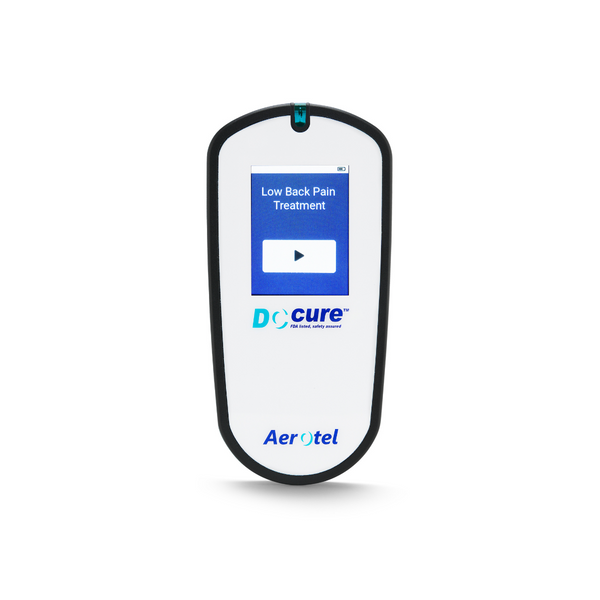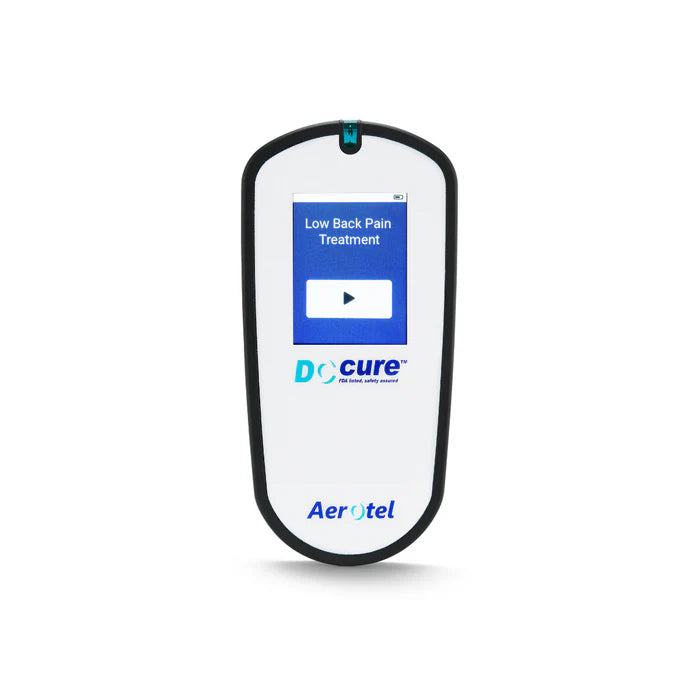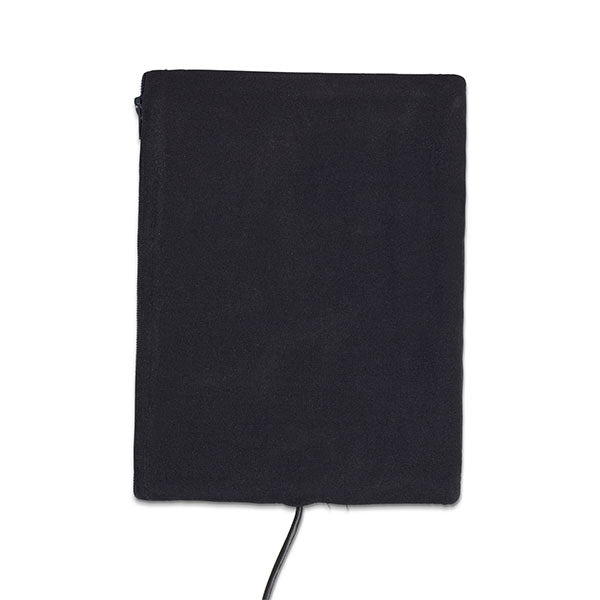7 Proven Drug-Free Pain Relief Methods That Actually Work (Backed by Science)
Discover evidence-based alternatives to pain medication that offer real relief without the side effects
The opioid crisis has fundamentally changed how we approach pain management. With over 50 million Americans suffering from chronic pain and growing concerns about medication dependency, patients and healthcare providers are increasingly turning to drug-free pain relief methods that actually work.
Recent breakthrough research has validated what many have suspected: non-pharmacological approaches can be just as effective and often safer than traditional pain medications. In fact, the FDA recently approved the first new class of non-opioid pain medication in over 20 years, signaling a major shift toward safer pain management alternatives.
This comprehensive guide examines seven scientifically-proven, drug-free pain relief methods that are transforming how we treat chronic pain in 2025.
The Growing Demand for Natural Pain Solutions
Pain medication use dropped 55% with electromagnetic therapy, compared to just 12% with standard care. The drug-free pain management market is on track to hit $1.2 billion by 2035, growing 8% each year. Over half of patients now prefer home-based therapy, and clinical trials show non-drug approaches cutting pain by up to 36% versus 10% for conventional treatments.

From Science to Comfort
1. Pulsed Electromagnetic Field (PEMF) Therapy: The Game-Changer
What the Science Says:
PEMF therapy has emerged as one of the most effective drug-free pain relief methods, with recent clinical trials showing remarkable results.
Clinical Evidence: A groundbreaking 2025 randomized controlled trial involving 120 patients found that PEMF therapy reduced pain by 36% compared to just 10% for standard care treatments. Even more impressive: medication use dropped by 55% in the PEMF group versus only 12% in the control group.
How PEMF Works:
✅️ Cellular repair acceleration through enhanced ATP production
✅️ Inflammation reduction by modulating inflammatory pathways
✅️ Pain signal interruption before reaching the brain
✅️ Natural endorphin release stimulation.
👍️ Best For: Chronic back pain, arthritis, joint pain, sports injuries, fibromyalgia
FDA Status: Class 1 registered devices available for home use
2. Heat and Cold Therapy: Simple Yet Powerful
The Science: Thermal therapy works by modulating pain signals and reducing inflammation through temperature-based mechanisms.
Clinical Applications:
✅️ Cold therapy reduces swelling and inflammation (ideal for acute injuries)
✅️ Heat therapy improves circulation and reduces muscle stiffness.
✅️ Alternating therapy provides comprehensive pain relief
Evidence Base:
Multiple systematic reviews confirm that thermal therapy provides significant pain relief for musculoskeletal conditions, with heat particularly effective for chronic conditions like arthritis.
👍️ Best For: Muscle strains, arthritis, headaches, acute injuries.
3. Acupuncture: Ancient Wisdom Meets Modern Science
Clinical Validation: Recent meta-analyses show acupuncture delays opioid use by an average of 46 minutes and provides measurable pain reduction.
Mechanism of Action:
✅️ Serotonin release ("feel-good" brain chemicals)
✅️ Pain pathway modulation through qi balancing
✅️ Stress reduction and healing promotion
✅️ Endorphin stimulation
Research Findings:👩
A 2025 systematic review of post-surgical pain management found that acupuncture significantly reduced opioid consumption while improving pain scores, particularly for chronic pain conditions.
👍️ Best For: Chronic pain, migraines, post-operative pain, neuropathic pain.
4. Mind-Body Techniques: Rewiring Pain Perception
The Connection: Mind-body approaches work by altering brain patterns associated with pain processing and reducing the "fight or flight" response that amplifies chronic pain.
Proven Techniques:
✅️ Meditation and mindfulness (reduces pain catastrophizing)
✅️ Breathing exercises** (activates parasympathetic nervous system).
✅️ Progressive muscle relaxation (reduces muscle tension)
✅️ Guided imagery (redirects attention from pain)
Scientific Support:
Brain imaging studies show that meditation normalizes functional connectivity in pain-related neural networks, leading to measurable improvements in chronic pain conditions.
👍️ Best For: Chronic pain, stress-related pain, fibromyalgia, tension headaches
5. Physical Therapy and Exercise: Movement as Medicine
Evidence Base: Physical therapy addresses the root causes of pain rather than just symptoms, with research showing sustained improvements in both pain and function.
Key Approaches:
✅️ Targeted strengthening for muscle imbalances
✅️ Flexibility training to restore range of motion
✅️ Manual therapy techniques for joint mobilization
✅️ Posture correction to prevent future problems
Clinical Outcomes:
Studies consistently show that structured exercise programs reduce chronic pain by 20-30% while improving physical function and quality of life.
👍️ Best For: Back pain, joint pain, post-injury recovery, chronic musculoskeletal conditions.
6. Massage Therapy: More Than Relaxation
Scientific Mechanism: Massage therapy works through the gate control theory ”activating pressure receptors that "close the gate" on pain signals reaching the brain.
Additional Benefits:
✅️ Increased endorphin release
✅️ Reduced inflammatory cytokines (IL-6, TNF-α)
✅️ Improved circulation and lymphatic drainage
✅️ Stress hormone reduction (cortisol)
Research Evidence: Clinical trials demonstrate that massage therapy provides significant pain relief for conditions including chronic low back pain, osteoarthritis, and fibromyalgia.
👍️ Best For: Muscle tension, chronic back pain, arthritis, stress-related pain.
7. Electrical Stimulation (TENS):
Blocking Pain Signals
How It Works: Transcutaneous Electrical Nerve Stimulation (TENS) sends low-voltage electrical impulses that interrupt pain signals before they reach the brain.
Clinical Applications:
✅️ Immediate pain relief for acute conditions
✅️ Reduced medication dependence in chronic pain
✅️ Improved mobility and function
✅️ Non-invasive and portable treatment option
Evidence Base: Recent studies show that electrical stimulation provides moderate-certainty evidence for reducing opioid consumption while maintaining effective pain relief.
👍️ Best For: Acute pain, chronic back pain, arthritis, post-surgical pain

Creating Your Drug-Free Pain Management Plan
Step 1: Assess Your Pain Type
1. Acute pain (recent injury): Focus on cold therapy, rest, and gentle movement
2. Chronic pain (>3 months): Combine multiple approaches for best results
3. Neuropathic pain (nerve-related): Consider PEMF, acupuncture, and mind-body techniques
Step 2: Start with Evidence-Based Options
Begin with treatments showing the strongest clinical evidence:
1. PEMF therapy for comprehensive pain reduction
2. Physical therapy for functional improvement
3. Heat/cold therapy for immediate relief
4. Mind-body techniques for long-term management
Step 3: Monitor and Adjust
Track your pain levels, function, and quality of life to determine which combinations work best for your specific condition.
The Science Behind Combination Therapy
Why Multiple Approaches Work Better:
Different methods target various pain pathways
Synergistic effects amplify individual benefits
Reduced reliance on any single intervention
- Personalized treatment addresses individual needs
Recent research emphasizes that the most effective pain management strategies combine multiple drug-free approaches, with PEMF therapy often serving as a foundational treatment due to its comprehensive mechanism of action.
Real-World Success Stories
Veterans Administration Study: A 2025 survey of chronic pain patients found that those using natural products (including PEMF devices) reported using an average of 4.6 different approaches, with 90% reporting daily use and significant improvements in pain management.Clinical Trial Results: Patients who combined PEMF therapy with conventional treatments experienced an additional 18% pain reduction and 63% decrease in medication use compared to standard care alone.
The Future of Pain Management
The shift toward drug-free pain relief represents more than just a trend, it's a fundamental evolution in healthcare. With mounting evidence supporting non-pharmacological approaches and growing patient demand for safer alternatives, we're entering a new era where natural healing methods are becoming mainstream medical practice.
Take Action: Start Your Drug-Free Journey Today
The evidence is clear: drug-free pain relief methods work. Whether you choose PEMF therapy, acupuncture, physical therapy, or a combination approach, you have proven alternatives to traditional pain medication.
Your Next Steps: 1. Assess your current pain management approach
2. Research FDA-approved devices for home use (like PEMF systems)
3. Consult with healthcare providers familiar with integrative approaches
4. Start with one evidence-based method and gradually add others
5. Track your progress and adjust as needed
Ready to Experience Drug-Free Pain Relief?
If you're ready to reduce your dependence on pain medication and try a scientifically-proven approach, consider starting with PEMF therapy the method with the strongest recent clinical evidence. Modern portable devices make it possible to experience professional-grade electromagnetic therapy from the comfort of your home.
Remember:The goal isn't just pain relief it's reclaiming your quality of life through safe, effective, and sustainable approaches that work with your body's natural healing mechanisms.








